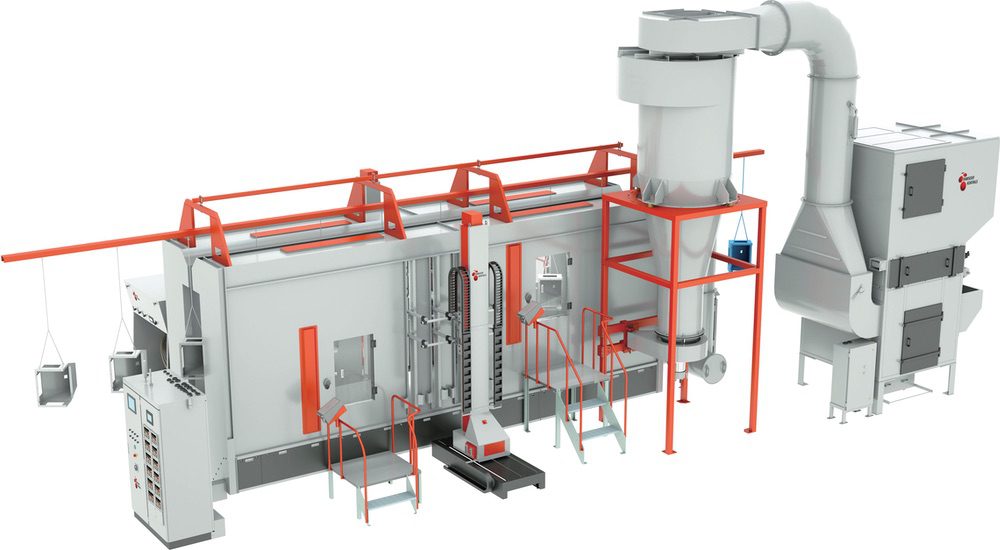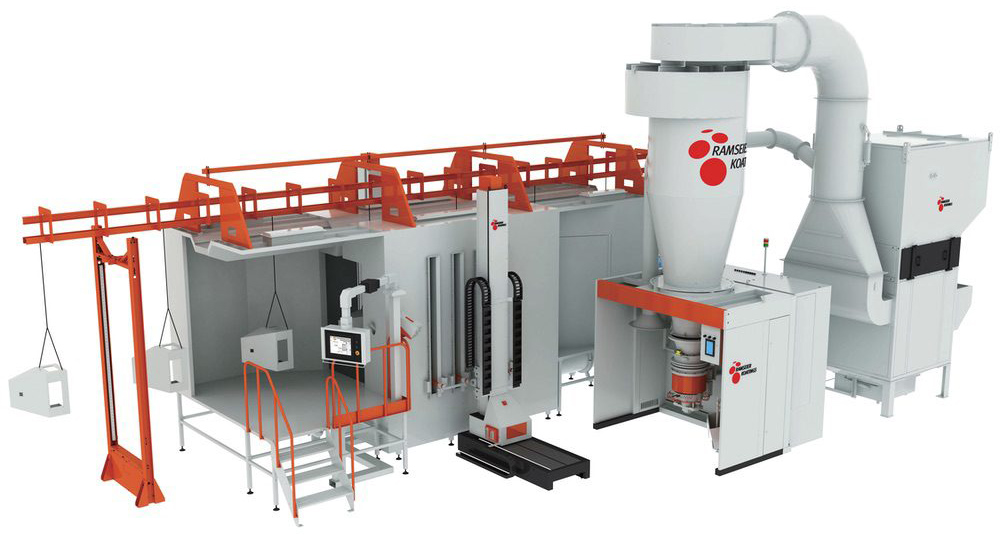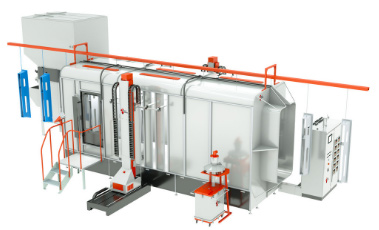
+852 2363 2511
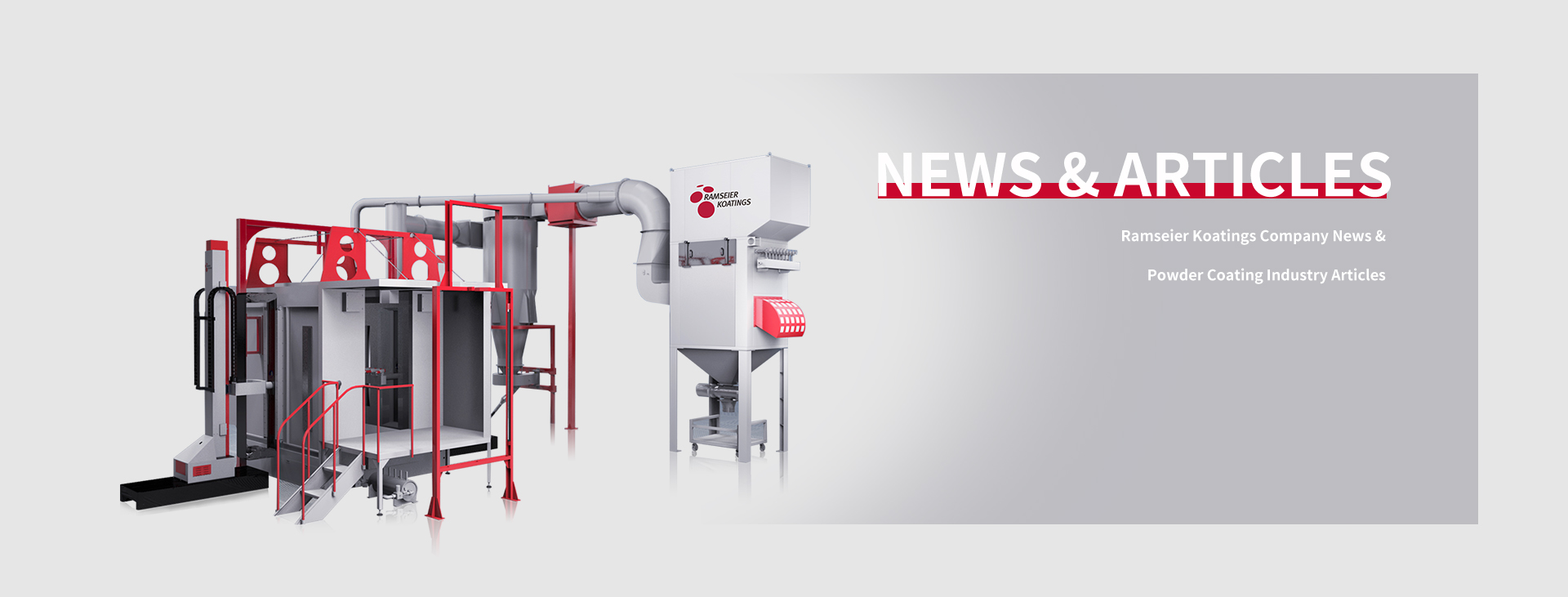







Alright, let’s discuss steel – strong, flexible, but not impervious to corrosion. He is that sneaky mischief that can tamper with the integrity, durability and in general swagger of the steel. However, worry not as the hero of the day is here – powder coating. This is like a powerhouse as far as coatings are concerned and it is made to protect steel from any type of corroding schemes.
When applied properly it’s not just coating; it’s a nail tough shield. Also different from its liquid counterparts, it is friendly to the environment because it emits fewer volatile compounds and offers you a thicker protective coat. Now let us go over how powder coating operates.
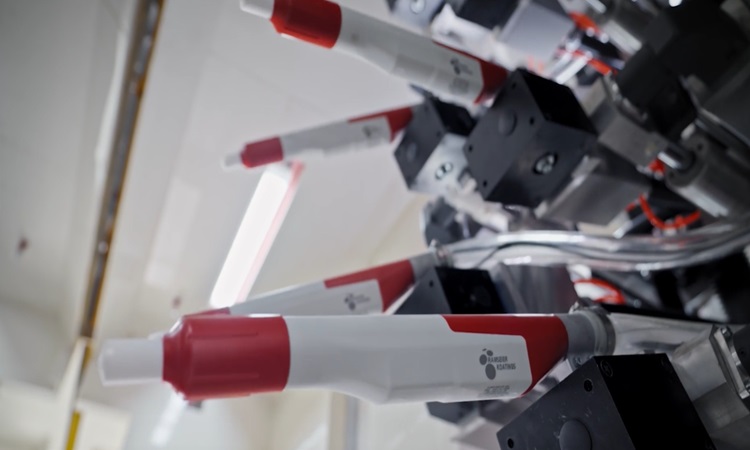
This isn’t your run-of-the-mill coating process; rather, it’s an intricately choreographed dance consisting of several key steps. First up we have surface preparation during which thorough cleansing and conditioning of the Steel substrate occurs. Think sandblasting, mechanical cleaning or chemical etching – all aimed at getting that steel into tip-top condition for receiving powder. We’re talking about making a perfect canvas for our powder masterpiece. The stage being set now involves powder paint. It can be done through various methods such as an electrostatic spray gun, fluidized bed dripping or electrostatic fluidized bed technique.
Our mixture of powders is like a recipe, mixing polymer resin systems, pigments, leveling agents and other specialized additives. We do not just coat with the powders; we apply different particles on the grounded steel by using symphony concepts that produce coatings that are not only uniform but perfect.
All this leads us to the final point-the curing oven where heat converts our powder into a powerful coating. It's like powder particles exercising at the gym and softening so as to fashion smooth, seamless finishes which are tough as nails. The heat-induced conversion produces molecular chains in the coating material making it an integral part of the substrate surface of steel. This is not merely a coating; it is a change.
But we’re not out of steam yet. Quality Control comes next to assure that our coatings adhere to the topmost standards. They look at adherence, hardness and corrosion resistance. This is not simply cosmetic finishing; it’s a way for us to withstand anything thrown at us by nature.
Thermoplastic, thermosetting, and hybrid powders are three variations in powder coatings all offering separate unique characteristics thereby making them a versatile weapon in various types of applications.
This is one of the most flexible forms of powder coating. Upon heating, they melt into liquid form again, allowing them to be reshaped and become bendable. Take for instance acrylic powder coating – it is the shiny connoisseur for novelty items. Then there is Teflon, the culinary superstar with a non-stick nature to kitchen utensils. It’s like an armor for your steel that can adapt and conquer.
Thermosetting powders, once heated, hardens to form an unbreakable chemical bond among them. The epoxy coating in this case offers corrosion and chemical resistance on pipes and tanks in the chemical industry.
Polyester powder coatings are presented on stage outdoors showing off weather-resistant moves. As far as the automotive domain is concerned, these coatings show strength in excellent abrasion and impact resistance.
Hybrid powder coating combines two different powders resulting in a harmonious composition of properties. When epoxy encounters polyester they both provide weathering as well as chemical resistance alike. It's the fusion providing versatility to meet the most specific requirements.
1. Corrosion Resistance: Powder coating envelops your steel with an additional layer to protect it against corrosive elements like water and acids.
2. Aesthetic Appeal: Powder coatings give your steel structures a makeover, making them unique and attractive in nature.
3. Durability: For some reason, this is not just a beautiful face – The cured coat of powder has hard skin that cannot be easily destroyed by breaking or falling off.
4. Chemical Resistance: Custom-built resistance! Powder coatings can be designed to resist different types of chemicals hence making them the most commonly used in industries.
5. Cost-effectiveness: Efficient and economical! By using powder coating, you can minimize both material usage and labor costs; thus, delivering a cost-effective solution for steel surface treatment.
6. Environmental Friendliness: Powder coating does not produce waste emissions and volatile organic compounds (VOC). It’s a green thumbs-up.
1. Thinner Coating: Paints may go on thicker than powder coatings. They have minimal thicknesses but always keep measurements carefully made.
2. Size Limitations: Bigger or irregular-shaped items may have no place at all.
3. Limited Color Range: While it can give a wide palette to coat with, powder coatings may not offer a wide color range with which to paint.
1. Industrial Powder Coatings: Industrial powder coatings deliver rigid, strong finishes to machine and tool bodies that are meant to survive the most adverse environments, safeguarding them from the corrosive consequences of chemical attributes and mechanical tear and wear.
2. Automotive: This refers to wheels, grilles, and engine parts—those parts have armor against abrasion, impaction, and corrosion.
3. Aerospace: The Sky's the Limit! Powder Coating takes off in the aerospace industry, donning loads of heat resistance and tough durability onto aircraft engine parts.
4. Medicine: Powder coating is advocated for cleanliness and less contaminated instruments.
Congratulations! Your steel has been powder coated after the long run, and now you have an idea of holding the defense well from oxidation or rust through the weather element. Here is just one last step
First, carefully check the powder-coated steel for anything wrong. These usually manifest as fish eyes, pinholes, or orange peel. Deal with such at once so that they will not become permanent issues.
Cleaning should continue as is. Mix light detergent with water, then wash off all the dirt and other impurities from the powder-coated material. Remember to use no-harsh cleaning agents as this is our covering, and we want it to be tough enough without compromising its quality.
Strong cleaning solutions are an absolute no-go zone since they will mess up your powder coating integrity. Strictly, stick to using mild cleaning agents that won’t react with the coat and cause any destruction.
This step is optional but certainly for those going that extra mile. Apply a large amount of high-quality automotive wax to the steel. Like wrapping your steel asset in a slim, fake identity. One that can bear the invasion of its natural enemy. Consider it the icing on the cake.
However, most of the problems that do occur during the powder coating process greatly affect the quality of the coating. One is expected to be aware of these particular problems in order to know the solutions and achieve a better outcome. Most common problems include:
Small craters or defects on the surface due to the presence of contaminants. Proper removal of these contaminants and preparation of the surface to avoid fisheye.
This normally results from over-application or from under-curing. This can be minimized by making some simple adjustments to gun settings and the application of powder mainly.
These holes normally form due to air bubbles in the coating. It can be avoided if surfaces are properly cleaned, and the application is adjusted.
Excessive heat or extended curing period can lead to discoloration or damage to the coating. It is important to adhere to the recommended curing parameters in order to avoid over-baking.
Inadequate heat and insufficient curing time leads to weak and incomplete coatings. You can counteract under-curing by increasing the temperature and duration of curing.
With time, powdered coatings may develop a white powdery deposit on their surfaces called chalking. Chalking can be reduced by using weathering or UV-resistant powders.
This practice is key to ensuring coat longevity. To start with regular cleaning using mild soap and water is advised to remove all dirt types including contaminants. Do not use harsh chemicals, strong solvents or abrasive cleaners which will destroy the coating. Some surfaces require waxing so that they are not touched anyhow or with other things touching them. Do not drag or drop powder-coated steels while handling them properly to avoid damaging them. Keep your powder-coated products in a place away from moisture, dampness, humidity and chemicals.
Powder coating can be simple even for DIYers, provided you are dealing with less complicated objects and know what you are doing. But when in doubt, don't risk wasting resources. Rather, choose a service provider who is reputable and experienced. That means knowing how long they have been in business, their fees, availability and portfolio. Also, ensure that it has nice facilities, including having the right equipment and instilled quality control measures, among others. While choosing the suitable coatings to shore up and ensure ideal results, one can fully rely on a competent service provider.
